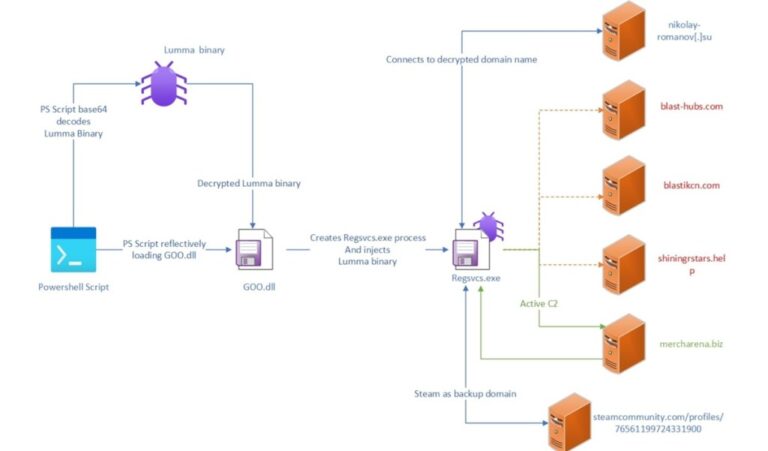OpenAI Addresses ChatGPT’s Sycophantic Behavior: What Went Wrong and How It’s Being Fixed
As more organizations seek flexibility and cost-effectiveness, the trend toward open-source alternatives is gaining momentum. These solutions allow businesses to host and customize software according to their specific needs, providing a viable path for innovation and efficiency.
The Rise of Open-Source Software
In recent years, the demand for open-source software has surged. Companies are increasingly recognizing the numerous benefits that come with utilizing these platforms. Here are some key advantages:
- Cost Savings: Open-source software is generally free to use, significantly reducing licensing fees.
- Customization: Organizations can modify the source code to tailor the software to their unique requirements.
- Community Support: A large community of developers contributes to the improvement and troubleshooting of open-source projects.
- Security: The open nature of the software allows for rigorous peer review, enhancing security measures.
Why Organizations are Making the Shift
There are several factors driving organizations to transition to open-source alternatives:
- Increased Control: Businesses have the ability to manage their own servers and software environments.
- Scalability: Open-source solutions can easily be scaled to meet growing demands.
- Vendor Independence: Organizations are less reliant on specific vendors, reducing risks associated with vendor lock-in.
Examples of Popular Open-Source Alternatives
Many organizations are already benefiting from popular open-source software. Some notable examples include:
- Apache HTTP Server – A widely used web server software.
- Linux – An operating system kernel that powers many server infrastructures.
- MySQL – A relational database management system used in various applications.
Getting Started with Open-Source Solutions
For organizations looking to explore open-source options, consider the following steps:
- Assess Your Needs: Identify specific requirements that need to be met by the software.
- Research Options: Explore different open-source solutions that align with your goals.
- Plan Implementation: Develop a strategy for deploying and integrating the chosen software into your existing systems.
As companies continue to realize the benefits of open-source software, the shift is expected to accelerate. By leveraging these flexible and cost-effective solutions, organizations can enhance their operational efficiency and drive innovation.
For more information on the advantages of open-source software, visit Open Source Initiative.







